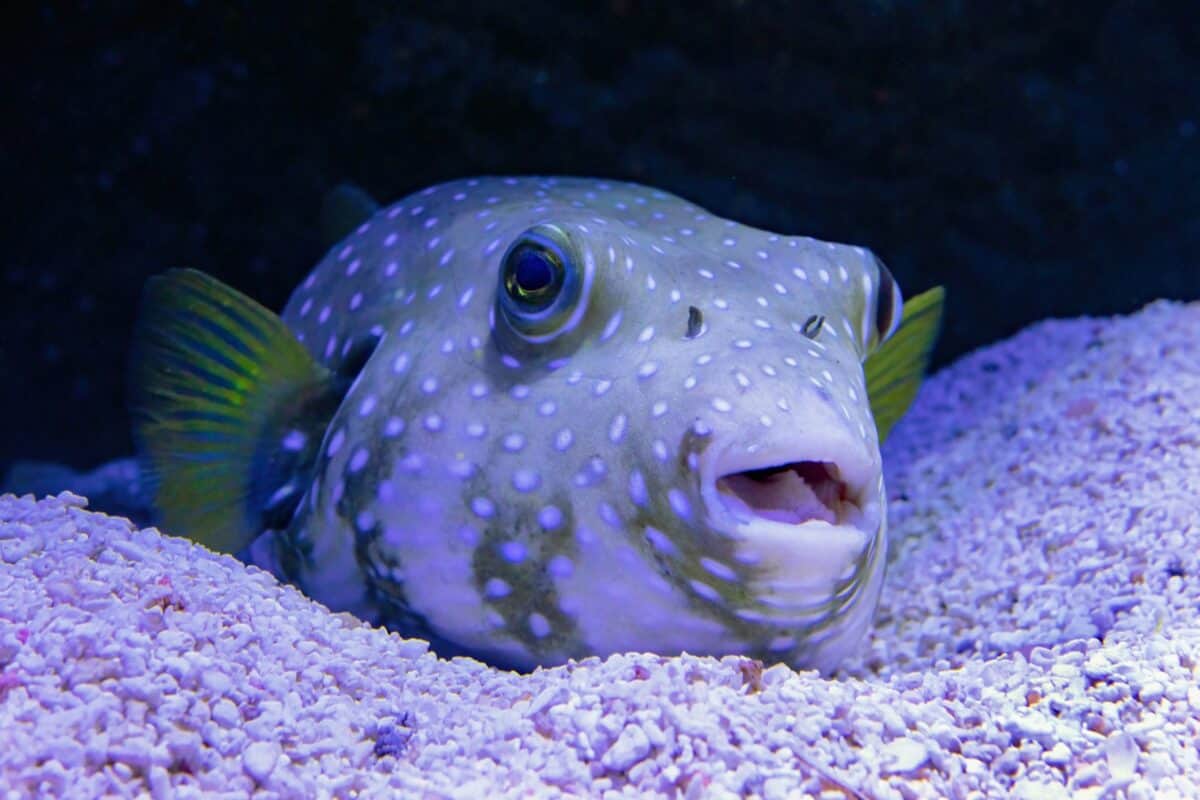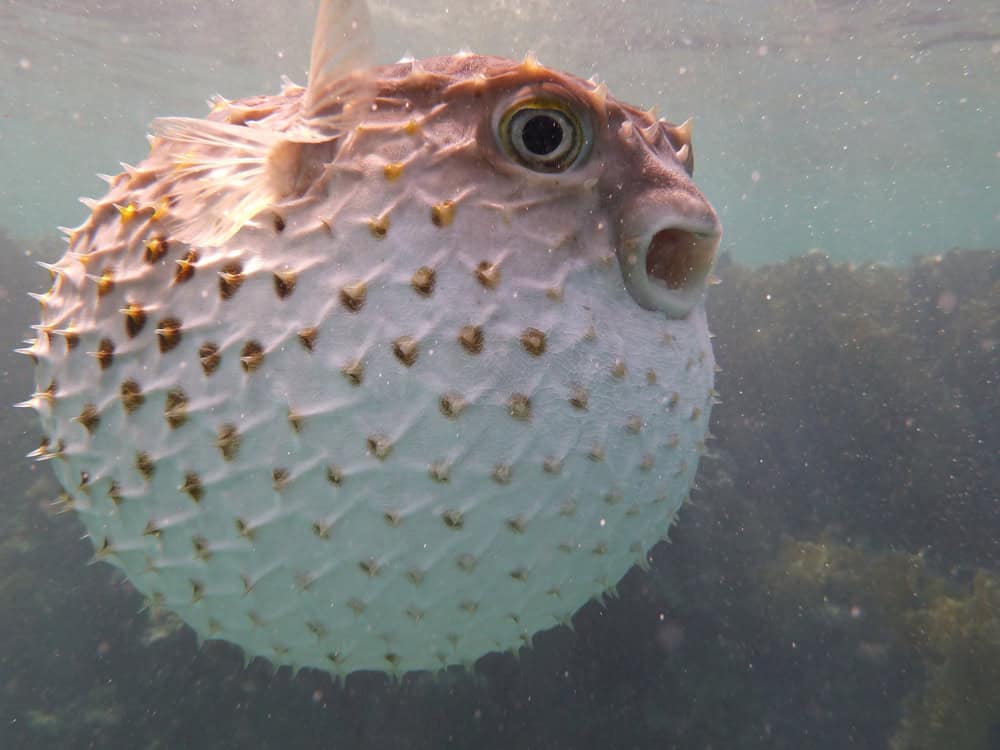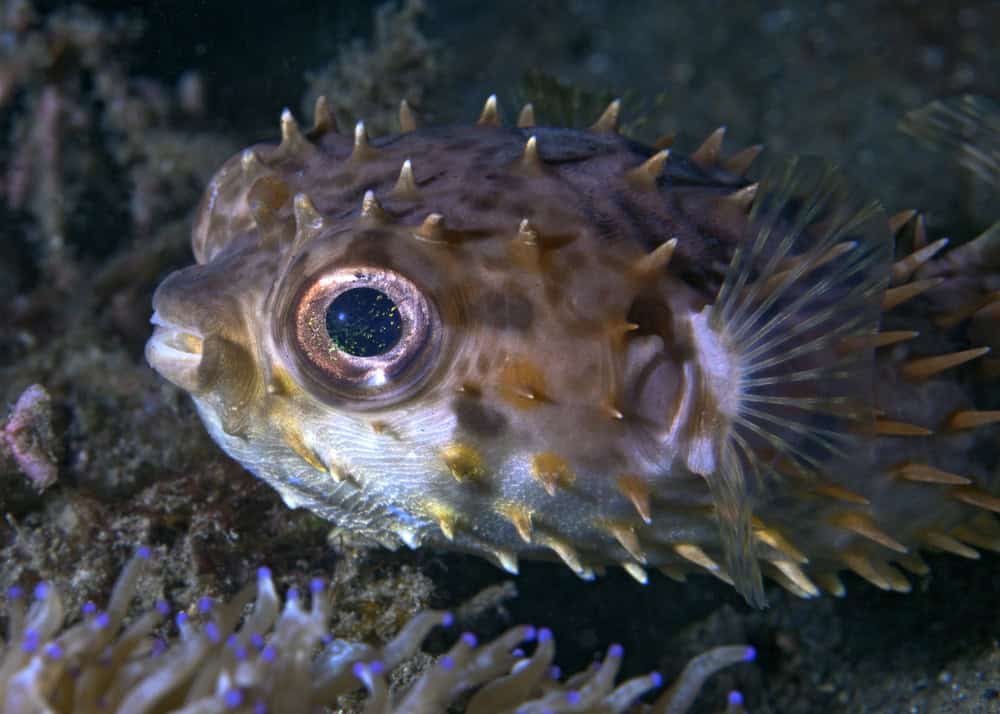Pufferfish, also known as fugu in Japan, are fascinating creatures that have captivated the curiosity of scientists and marine enthusiasts alike. While these fish are admired for their unique ability to inflate as a defense mechanism, they are also infamous for their potent poison. The substance, tetrodotoxin, found in various tissues of the pufferfish, is one of the most powerful natural neurotoxins known to humanity. Though a symbol of culinary daring in some cultures, especially in Japan, when mishandled, it can pose significant risks to human life.
What is Tetrodotoxin?

Tetrodotoxin is a potent neurotoxin that effectively blocks sodium channels in nerve cells, inhibiting the transmission of signals. This action can lead to muscle paralysis and, in severe cases, death due to respiratory failure. Tetrodotoxin is found not only in pufferfish, but also in other species such as the blue-ringed octopus, certain newts, and moon snails. Despite its widespread presence in marine organisms, pufferfish are the most renowned carriers of this deadly toxin.
Mechanism of Toxicity

Tetrodotoxin’s mechanism of action is associated with its ability to obstruct the sodium channels of nerve cells. By preventing sodium ions from entering nerve cells, the toxin blocks the electrical signals required for nerve and muscle function. The initial symptoms of tetrodotoxin poisoning can appear within 20 minutes to a few hours after ingestion and may include dizziness, nausea, and numbness. As the toxin progresses, it can cause paralysis, loss of consciousness, and, if untreated, death.
Pufferfish Poisoning Incidents

While consuming pufferfish is a risky gastronomic endeavor, properly prepared pufferfish can be a delicacy in certain culinary circles. However, there have been numerous incidents of tetrodotoxin poisoning that highlight the grave risks posed by mishandling. In Japan, where fugu is a sought-after dish, chefs undergo rigorous training and certification processes to safely prepare and serve pufferfish. Nonetheless, cases of accidental poisoning still occur, particularly when unqualified individuals attempt to prepare fugu.
The Cultural Context

In Japan, the consumption of fugu is steeped in tradition and cultural prestige. Often seen as a rite of passage, eating fugu symbolizes bravery and sophistication. It’s prepared by licensed chefs who carefully remove toxic organs to ensure diners enjoy both the thrill and the taste. Beyond Japan, pufferfish have also been used in cultural rituals across various Pacific island communities, often in a non-culinary context.
Deterring and Combating Poisoning

Given the high stakes involved, measures to prevent pufferfish poisoning are crucial. Proper training and certification of fugu chefs is a key component. For those outside Japan or without access to trained chefs, it is highly recommended to avoid the preparation and consumption of pufferfish altogether. There is currently no known antidote for tetrodotoxin, making prompt medical intervention essential in suspected poisoning cases. Supportive hospital care focuses on respiratory assistance and symptomatic relief to give the body time to metabolize and expel the toxin.
The Potential Uses of Tetrodotoxin

Interestingly, the very properties that make tetrodotoxin lethal are also the focus of scientific research for potential therapeutic applications. Its ability to block nerve signals makes it a candidate for developing pain management therapies and anesthesia, particularly for conditions involving nerve pain. Researchers are exploring these possibilities, though any medical application must be meticulously controlled to avoid toxic effects.
Conclusion

Pufferfish and their tetrodotoxin-rich bodies present a captivating yet perilous side of marine biology. While these creatures have carved a niche within gourmet cuisine and cultural lore, their poison remains a reminder of nature’s potent defense mechanisms. Whether observed through scientific study or as part of a carefully curated dining experience, an informed approach is crucial to appreciating the delicate balance between the allure and danger of pufferfish poison.
- Do Cats Know Their Names? Science Says Yes - August 21, 2025
- Meet the Arizona Gila Monster – The Most Venomous Lizard in the US - August 21, 2025
- What Happens If a Mega-Drought Hits the U.S. Again - August 21, 2025

